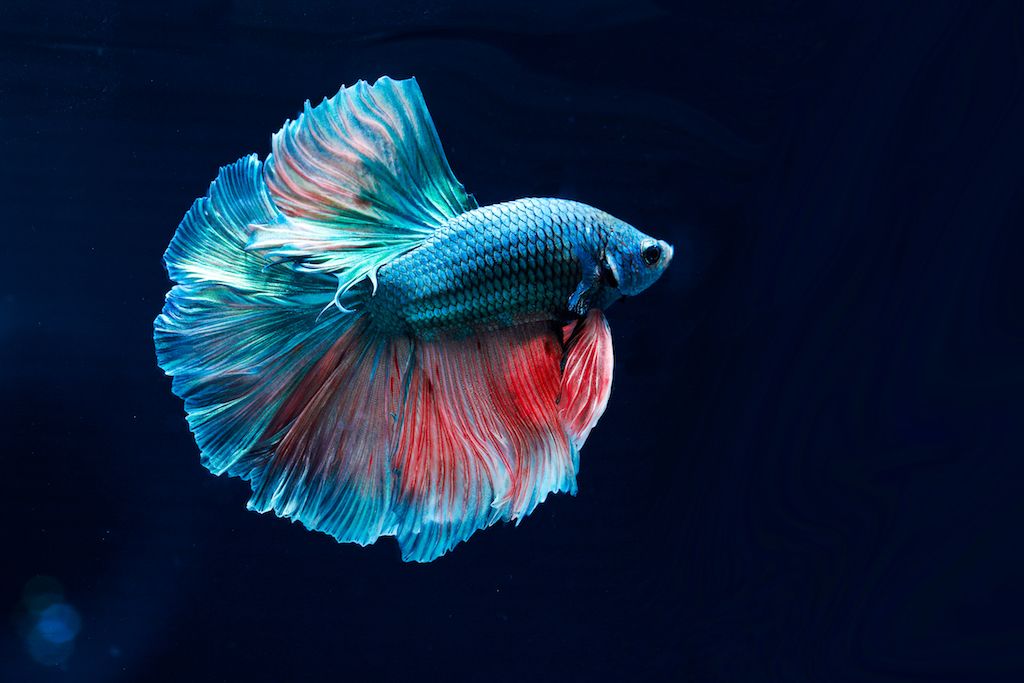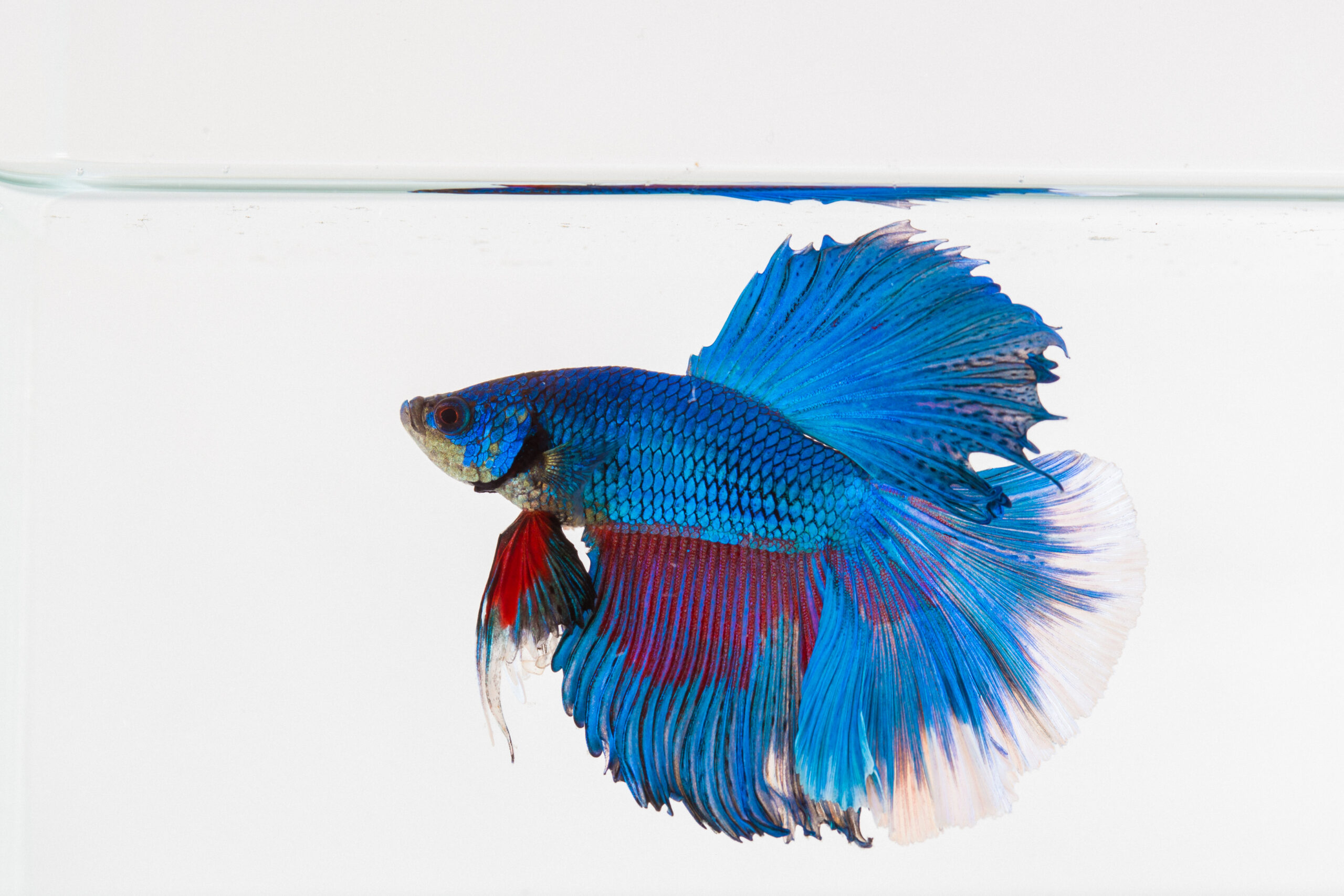Exactly how to Create the Perfect Betta Fish Habitat in the house
Exactly how to Create the Perfect Betta Fish Habitat in the house
Blog Article
Reproducing Betta Fish: a Comprehensive Step-By-Step Guide to Successfully Raising Infant Bettas From Eggs to The Adult Years
Reproducing Betta fish is a thorough endeavor that requires cautious preparation and execution to ensure the successful growth of fry from eggs to mature fish. As the male Betta carefully constructs a bubble nest and guards the precious eggs, the succeeding stages of treatment and shift demand attention to detail and expertise of ideal techniques.

Choosing Breeding Pairs
When starting the trip of breeding Betta fish, selecting the appropriate reproduction pairs is important to achieving desirable attributes and a healthy and balanced lineage - betta fish. The primary step in this procedure is to identify the details qualities you want to boost or protect, such as shade, fin type, and body form. It is necessary to pick genetically varied pairs to avoid inbreeding, which can cause health and wellness concerns and unfavorable features
Evaluate possible breeding candidates very carefully. A healthy male Betta should exhibit lively shades, an energetic disposition, and well-formed fins, while the woman should also show lively coloration and a rounded stubborn belly, suggesting readiness for spawning. Observing the temperament of both fish is important, as aggressive or overly reluctant people might not breed efficiently.
Documentation of lineage is equally crucial. Keeping records of the moms and dad fish's origins can help you track genetic attributes and possible issues. In addition, get in touch with trustworthy dog breeders or online resources for assistance on selecting suitable sets. Inevitably, investing time in the selection procedure will dramatically improve the chance of generating solid, lively spawn that satisfy your breeding objectives (betta fish).

Preparing the Breeding Tank
Developing an optimal breeding atmosphere is an essential action after selecting suitable sets for Betta fish. The breeding container need to be specifically developed to provide convenience and boost the natural breeding behaviors of the fish. Start with a tank dimension of at the very least 10 gallons to guarantee sufficient room for both the male and women Bettas.
Keep a mild purification system to maintain the water clean while staying clear of strong currents that can worry the fish. Furthermore, an air stone can be contributed to supply oxygenation without interrupting the water surface way too much.
Temperature level regulation is critical; go for a secure range of 78-82 ° F(25-28 ° C) using a trusted heater. The pH degree must be preserved between 6.5 and 7.5, and routine water changes are necessary to guarantee high water high quality.
Integrate drifting plants or generating mops to produce concealing spots for the female, while additionally urging bubble nest building by the male - betta fish. Finally, guarantee the storage tank is complimentary from sharp designs and any kind of prospective hazards, as the welfare of the fish should constantly be prioritized throughout this crucial stage of reproduction.
The Reproduction Process
Usually, the reproducing process for Betta fish includes a collection of distinctive and visible habits that show preparedness for recreation. The male Betta begins by building a bubble nest at the water's surface, which offers as a website for the fertilized eggs. This nest is essential, as it offers a secure atmosphere for the eggs till they hatch out.
As soon as the nest is established, the man will certainly display courtship habits, such as flaring his fins and showing lively shades to attract the woman. The lady, upon picking useful reference up the male's preparedness, will react by presenting vertical stripes along her body, indicating her receptiveness.
The fed eggs after that drop to the bubble nest, where the male carefully collects and returns them to the nest. Following this, the male thinks obligation for protecting the nest and ensuring the safety and security of the eggs up until they hatch out, usually within 24-36 hours.
Caring for Betta Fry
Caring for Betta fry needs mindful interest to their atmosphere and nourishment this website to make certain healthy and balanced growth and development. After hatching, Betta fry are extremely tiny and at risk, requiring a stable and clean habitat. Maintaining a water temperature level between 78 ° F and 80 ° F is important, as Betta fry thrive in cozy problems. Additionally, make certain that the water is without hazardous toxins; routine water modifications of 10-20% are advised to maintain optimal water high quality.
Feeding Betta fry is just as essential. Feed them tiny amounts several times a day, being mindful not to overfeed, which can lead to water high quality issues.
Transitioning to Adult Bettas
As Betta fry fully grown, transitioning them to grown-up Bettas is an essential stage that requires mindful monitoring of their environment and social interactions. This process typically starts when the fry reach around six weeks old, whereupon they can be progressively presented to find out a much more structured living atmosphere.
To facilitate this transition, it is vital to make certain that the water parameters-- such as temperature level, pH, and ammonia levels-- are optimal and stable. Grown-up Betta fish flourish in warm water (around 78-80 ° F) with a pH of 6.5 to 7.5. Progressively adapt the fry to these problems to minimize stress.
Social communications are another essential variable; male Bettas are infamously territorial and hostile. As a result, it is suggested to different men right into specific containers as they mature. Female Bettas can be housed with each other, yet care must be required to keep track of for indications of aggression.
Furthermore, dietary adjustments need to be made as the fry grow. Incorporate high-quality pellets and live foods to sustain their growth and wellness. By taking care of these variables effectively, you can promote an effective shift to their adult years for your Betta fish.

Final Thought
Successful breeding of Betta fish needs cautious focus to detail throughout the whole procedure, from picking genetically varied pairs to supplying optimum treatment for fry. In addition, a balanced diet plan and gradual adaptation to grown-up atmospheres are crucial for the development and advancement of Betta fish.
Report this page